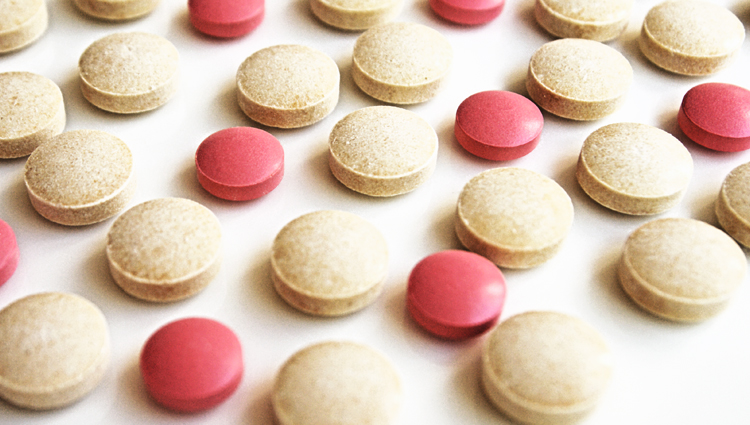New Pill Pulls Radioactive Metals from Liquids

Image credits: epSos.de via Wikimedia Commons
(Inside Science) -- When disaster strikes, concerns about the safety of water and milk always spring to the foreground. Now, researchers have developed a capsule that could alleviate some of the worry -- by taking heavy metals out of drinkable liquids.
In a presentation Tuesday, research chemist Allen Apblett held up a small vial of pellets. Apblett explained that the pellets contained huge quantities of tiny nanometer-scale particles that react with radioactive materials like strontium and other unwanted substances and pull them out of solution. The particles inside the vials of pellets have so much surface that their area adds up to three football fields, enabling them to soak up lots of material.
The particular nanoparticle in the pellets is also able to absorb lead, arsenic, and other unwanted metals. Once stirred into a gallon of milk or a quart of juice, the unwanted metals would be absorbed into the capsule over the course of about 12 hours, sticking to the particles inside the capsule. The consumer would simply remove the capsule prior to consuming the liquid.
Apblett, a professor of chemistry at the Oklahoma State University in Stillwater, said that the nanoparticle capsule is quite safe.
"We have done extensive testing to show that nanoparticles are immobilized and not released," said Apblett at the National Meeting & Exposition of the American Chemical Society in San Diego. "In fact, if they went into the juice, we would know because the strontium would stick to the particles and would be detected."
The treatment would not change the taste of the milk -- though in tests of previous versions that the team developed, the milk turned sour. That was a non-starter, Apblett said.
Apblett has started the process of commercializing the capsules, for both home and industrial use. He said that they could be used as capsules in homes where people are concerned about arsenic in their water, or added to special filters in large operations like dairies or factories after an emergency. It could be used for water, milk, apple juice, brown-rice syrup, or even extracting minerals from seawater in deep-sea mining operations. After absorbing the metals, the capsules could be mailed back for recycling.
Radiation experts say the approach is a viable one.
"The idea of developing a way to get heavy metals out of water and juices is good, especially in parts of the world with arsenic in their drinking water," said John Moulder, director of radiation biology at the Medical College of Wisconsin in Milwaukee.
Moulder worries that the capsule is taking on the wrong foe, however. Cesium is a much bigger concern than strontium or radioactive heavy metals, he said -- and most cesium contamination that gets to people comes through meat, not through water.
"If you're worried about radioactive material in your diet, you're not usually worried about water and juices," said Moulder.
Native people in northern Norway, who have a reindeer-heavy diet, are still experiencing problems from the fallout after the Chernobyl disaster in 1986, said Moulder.
"The principal way that cesium gets into people was eating meat from animals eating vegetation. The reindeer concentrates the cesium, and it concentrates even further in the human body," Moulder said.
Apblett said that his lab has plans to work on strategies to pull cesium out of liquids.
"It can be done; we're working on tweaking a formula that would work for cesium. I think we can probably come up with something that does a better job," Apblett said.
Apblett added that if radionuclides like cesium can be filtered out of water, then they wouldn't reach farms and get into plants and animals.
